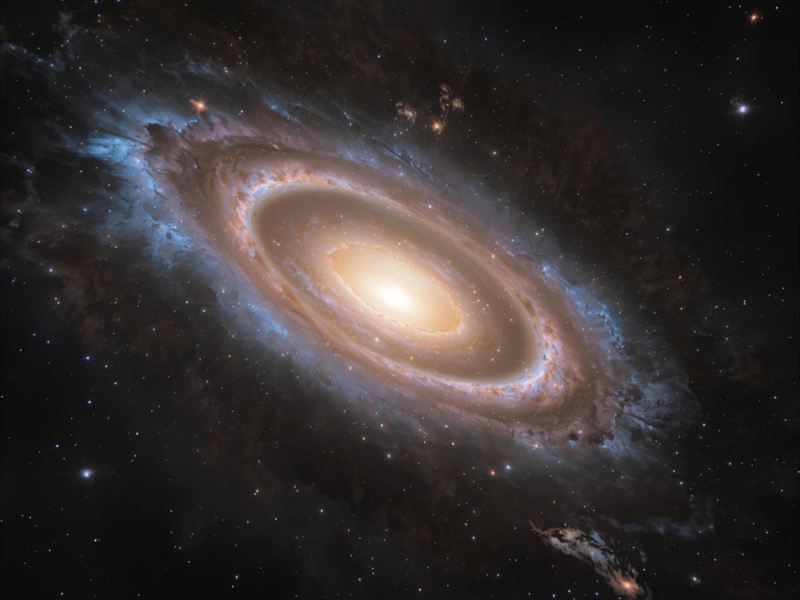Which Multipolar Perturbations capture Structural Complexities in Lensing Galaxies?

Abstract:
Much of the universe is made of matter that neither absorbs nor emits light: Dark Matter (DM). The existence of DM is the clearest sign that the Standard Model of particle physics – which in its current form contains no particle for DM – is incomplete. Theories that address other perceived deficiencies in the Standard Model invoke hypothetical particles that are considered as candidates for DM, for which the leading contenders are WIMPs versus Axions. Identifying the particle that constitutes DM is widely regarded as the most important of all problems in fundamental physics, for which the successful identification will point the correct path to New Physics beyond the Standard Model.
Aside from laboratory experiments, which have so far failed to detect WIMPs and do not yet have sufficient sensitivity to detect Axions, gravitational lensing provides the most powerful probe of the DM particle. Gravitational lensing, a prediction of General Relativity, results as a consequence that mass curves spacetime: a foreground massive object (such as a galaxy) can focus light to generate multiple images of the same background object (most commonly, a distant galaxy or its constituents). Cosmological models that adopt WIMPs predict that the DM halos of galaxies should decrease smoothly outwards in density. Such models, however, leave discrepancies between the predicted and observed brightnesses and sometimes also positions of multiply-lensed images of (background) quasars (bright nuclei of galaxies) or supernovae (stellar explosions). Additional structural complexities in the foreground lensing galaxy, either corresponding to a stellar component or inherent to the DM halo, have been proposed as a possible solution to lensing anomalies. The research community is currently implementing multipolar perturbations of questionable modes to capture perceived complexities in lensing galaxies.
Here, we propose to:
(i) implement multipolar perturbations in lens models for the first multiply-lensed supernova Ia (SN Ia). We (Lim et al. 2025, submitted to ApJ) have already made a lens model for this system comprising a stellar component embedded in a DM component: this model, however, fails to fully reproduce the magnifications of at least two of the SN Ia images;
(ii) determine which mode or modes of the multipolar perturbations simultaneously reproduce both the positions and magnifications of the multiply-lensed images of the SN Ia;
(iii) determine, from step (ii), which mode or modes of the multipolar perturbations best reproduce the Einstein ring, which corresponds to the multiply-lensed images of the SN Ia host galaxy. We will use, for the intrinsic morphology of the SN Ia host galaxy, a simple Sersic model as motivated by our aforementioned lens model comprising a stellar component embedded in a DM halo;
(iv) compare the multipolar perturbations that best satisfy (ii) and (iii) with the actual structural complexity in the lensing galaxy comprising a stellar bar within a stellar disk. In this way, we hope to better understand the mode of multipolar perturbations that the research community should adopt when modelling lensing galaxies.
Skills and experience required for the project:
Physics, with knowledge if not research experience in astrophysics, knowledge of gravitational lensing and dark matter
Apply Now